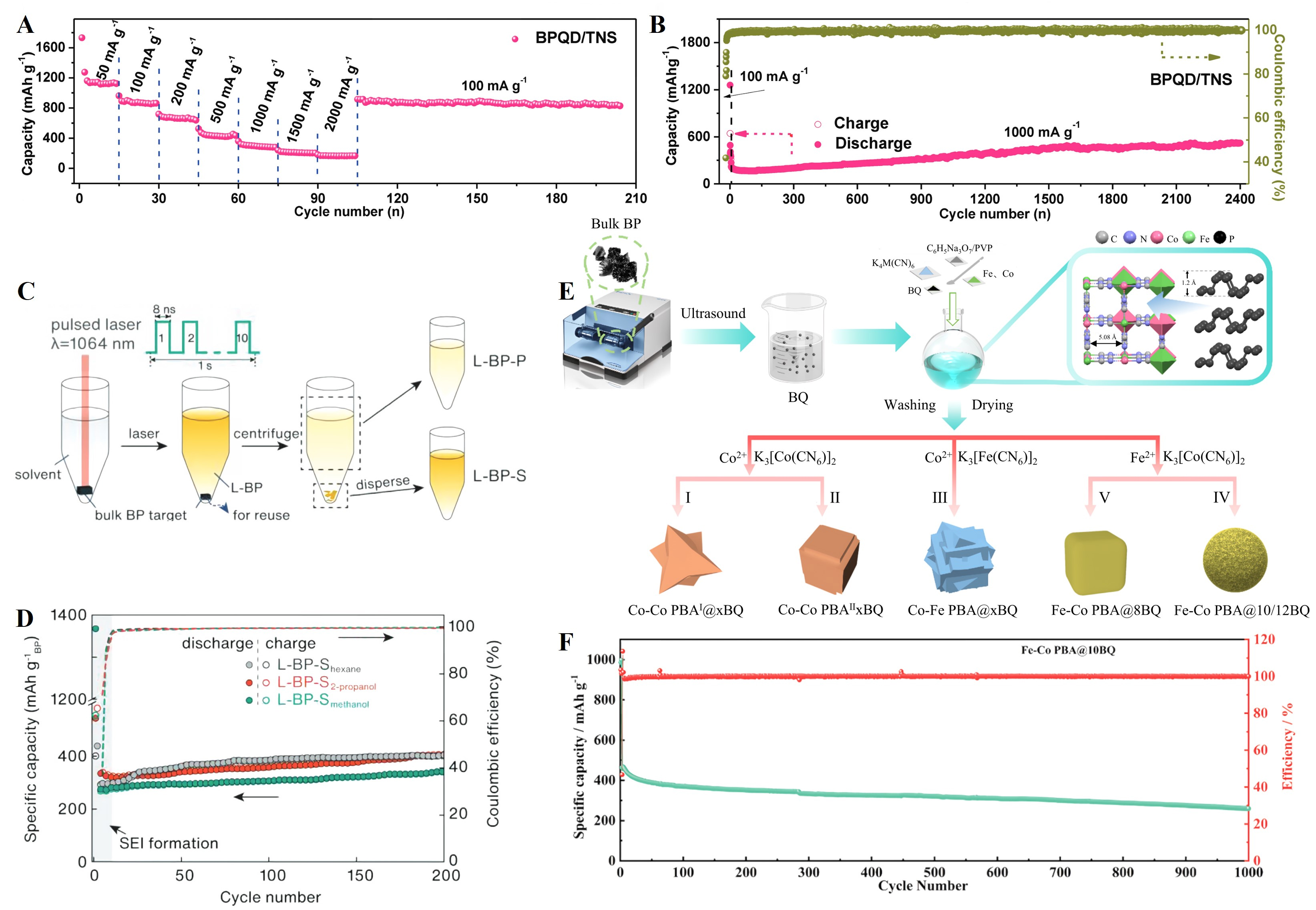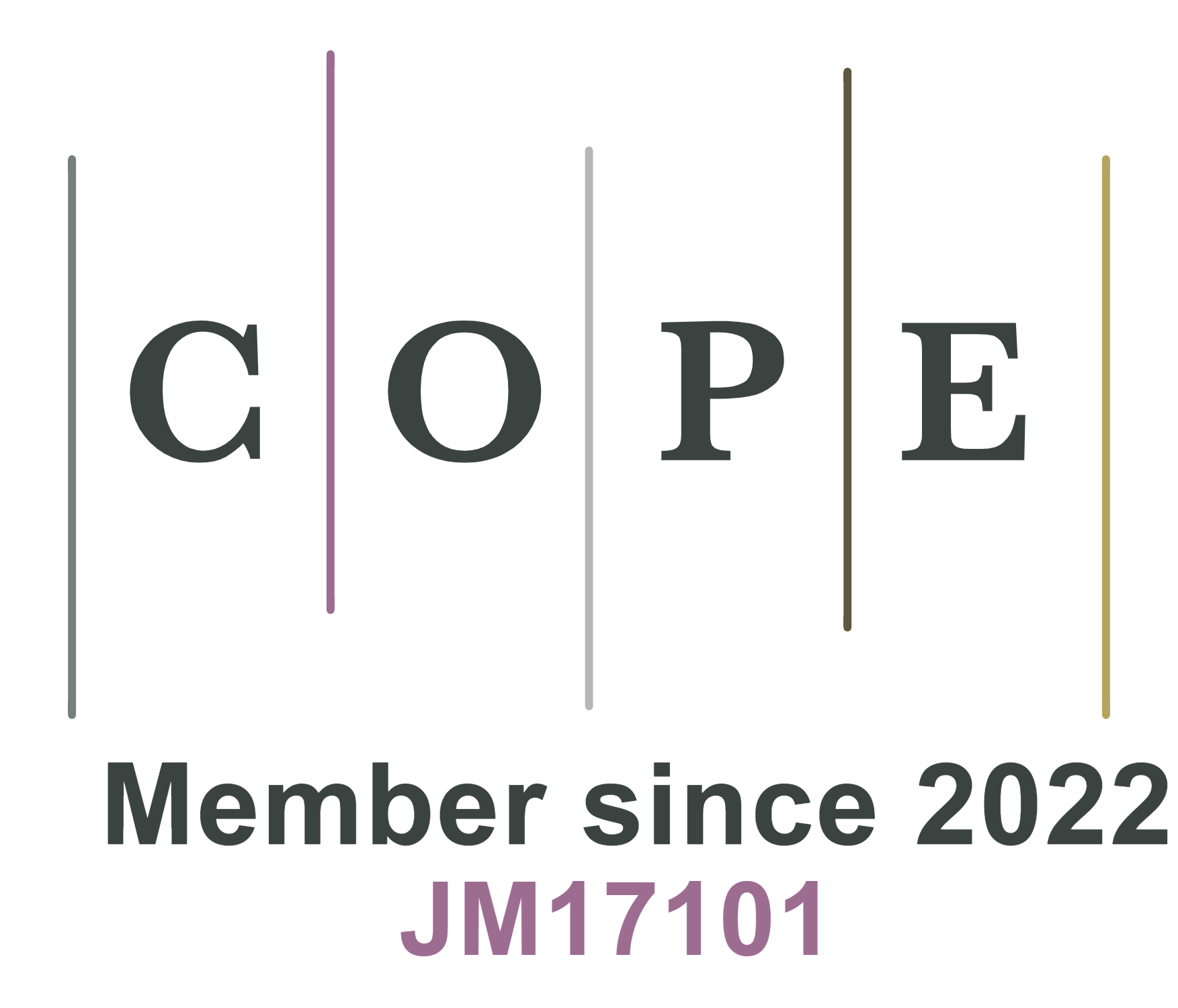fig9
Figure 9. (A) Rate performance of the BPQD/TNS composite electrode at varied from 50 mA g-1 to 2,000 mA g-1 followed with a cycling performance at 100 mA g-1; (B) The cycling performance of the BPQD/TNS composite electrode at a high current rate of 1,000 mA g-1 between 0.005-3.0 V. Reproduced with permission[124]. Copyright 2018, John Wiley and Sons; (C) Schematic illustration of the preparation procedure of L-BP-S by a liquid-phase laser-assisted exfoliation method with 8 ns pulse duration and a repetition rate of 10 Hz; (D) Cycling performance of the L-BP-Shexane,










